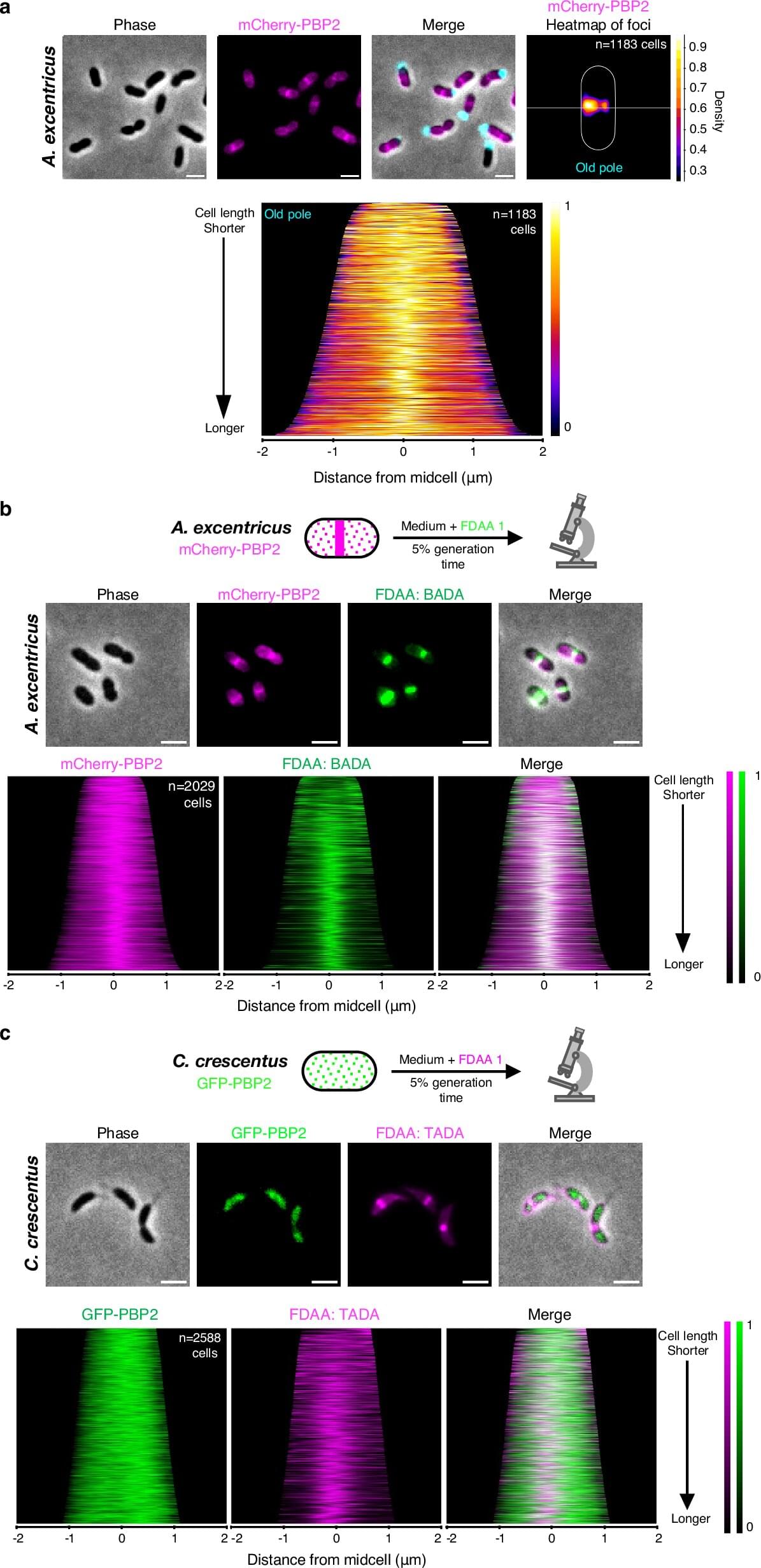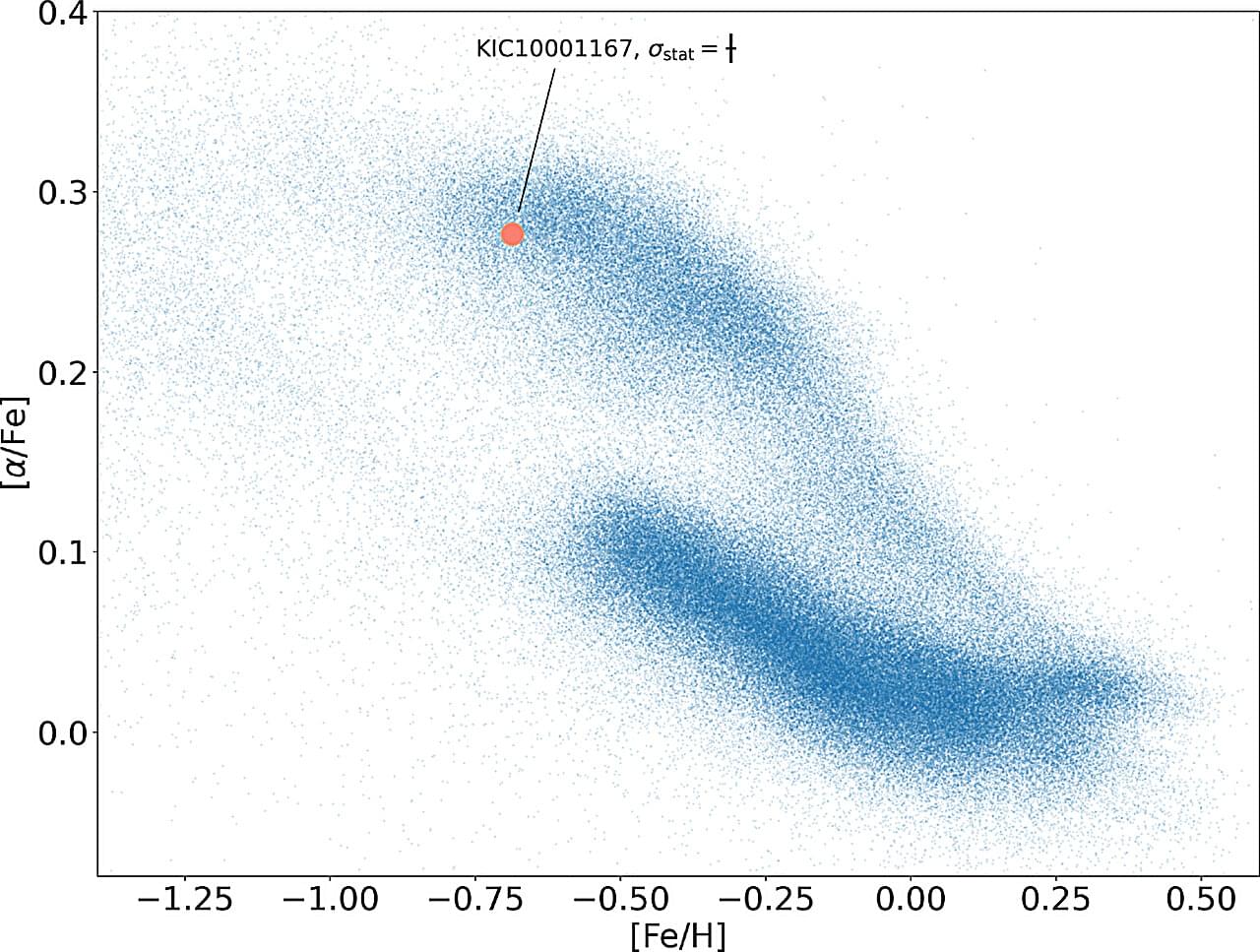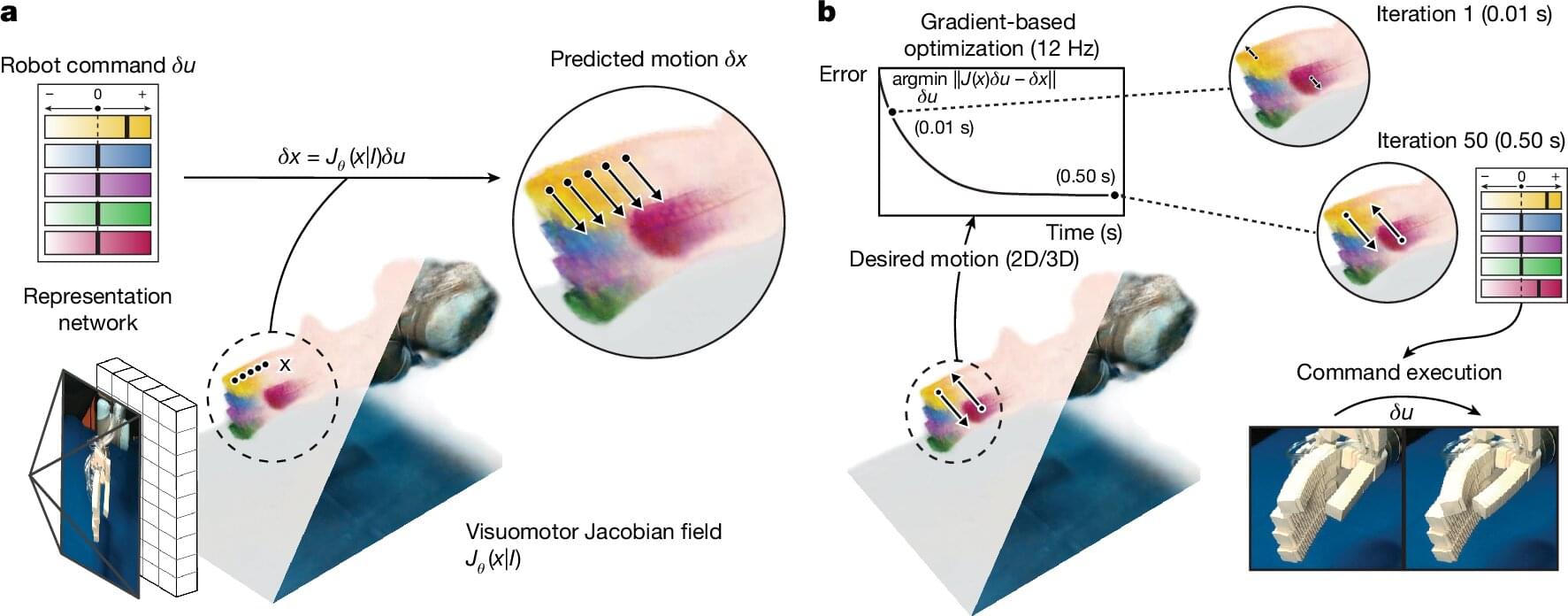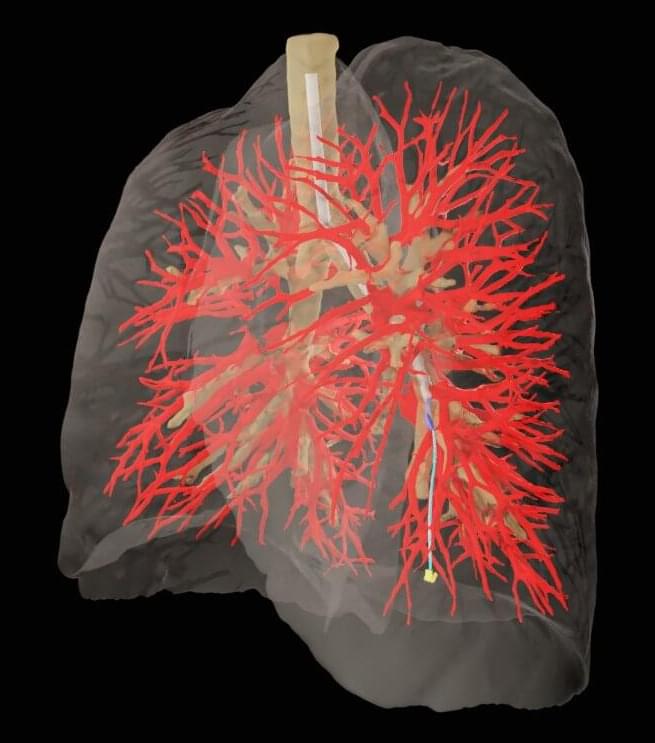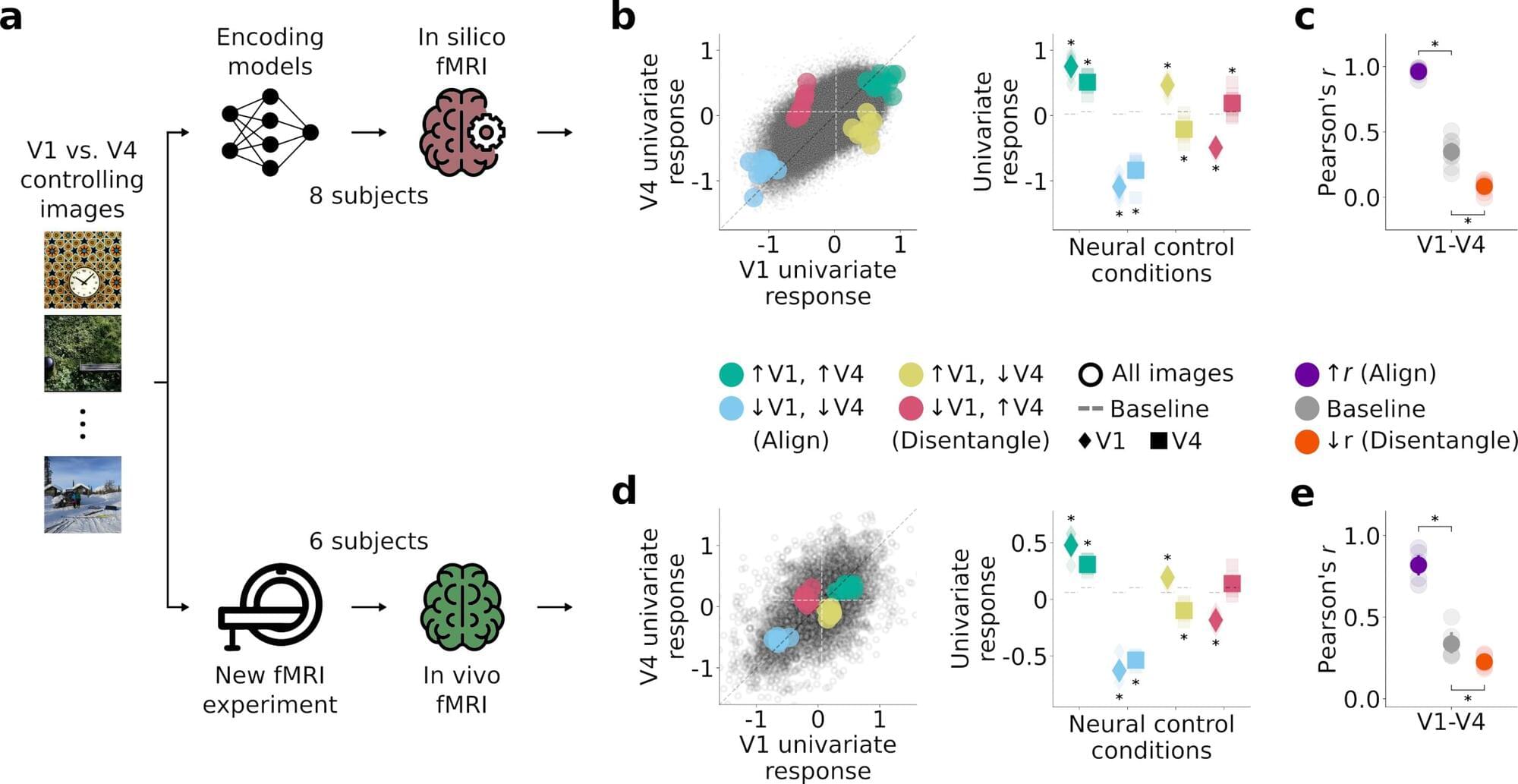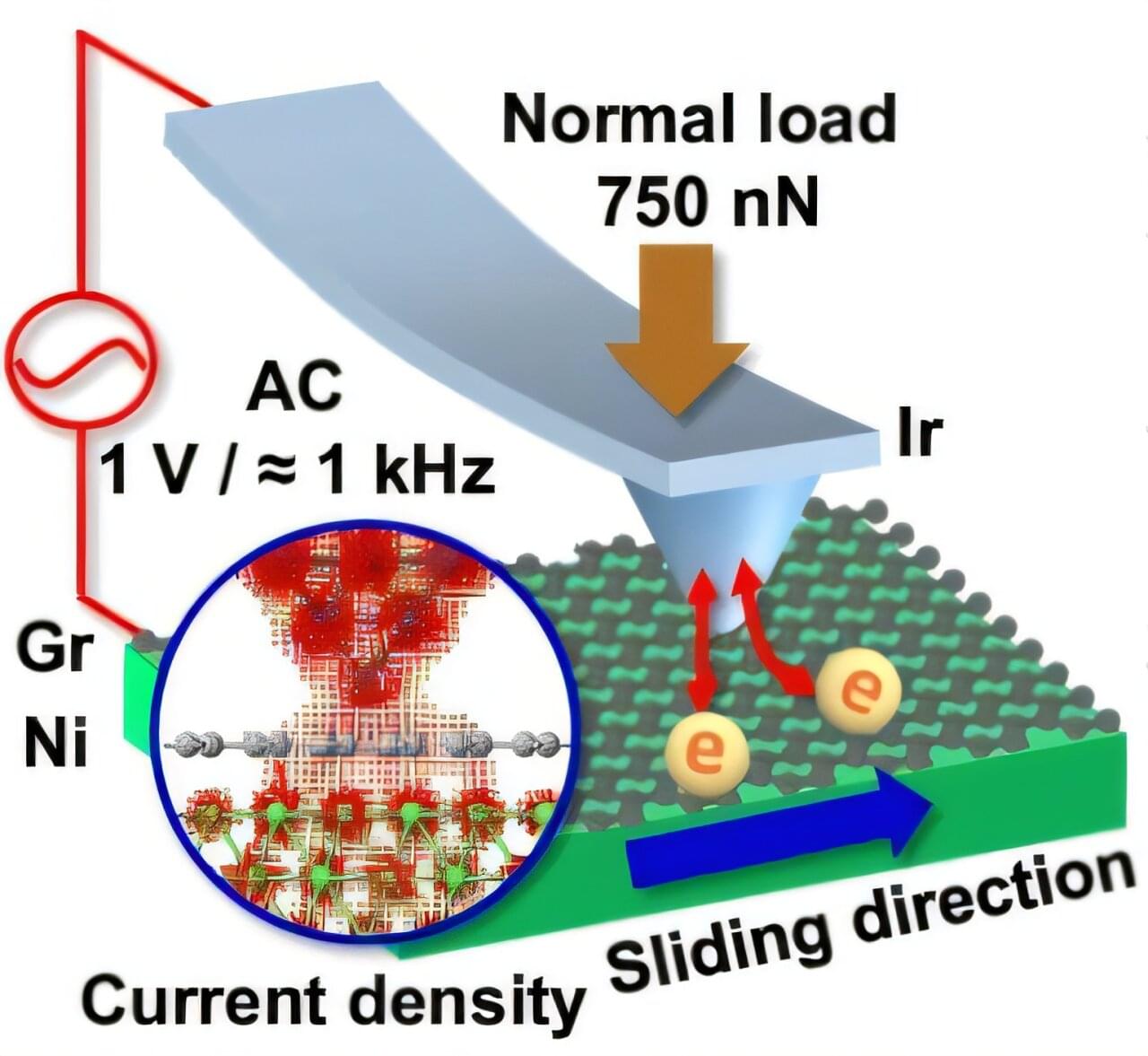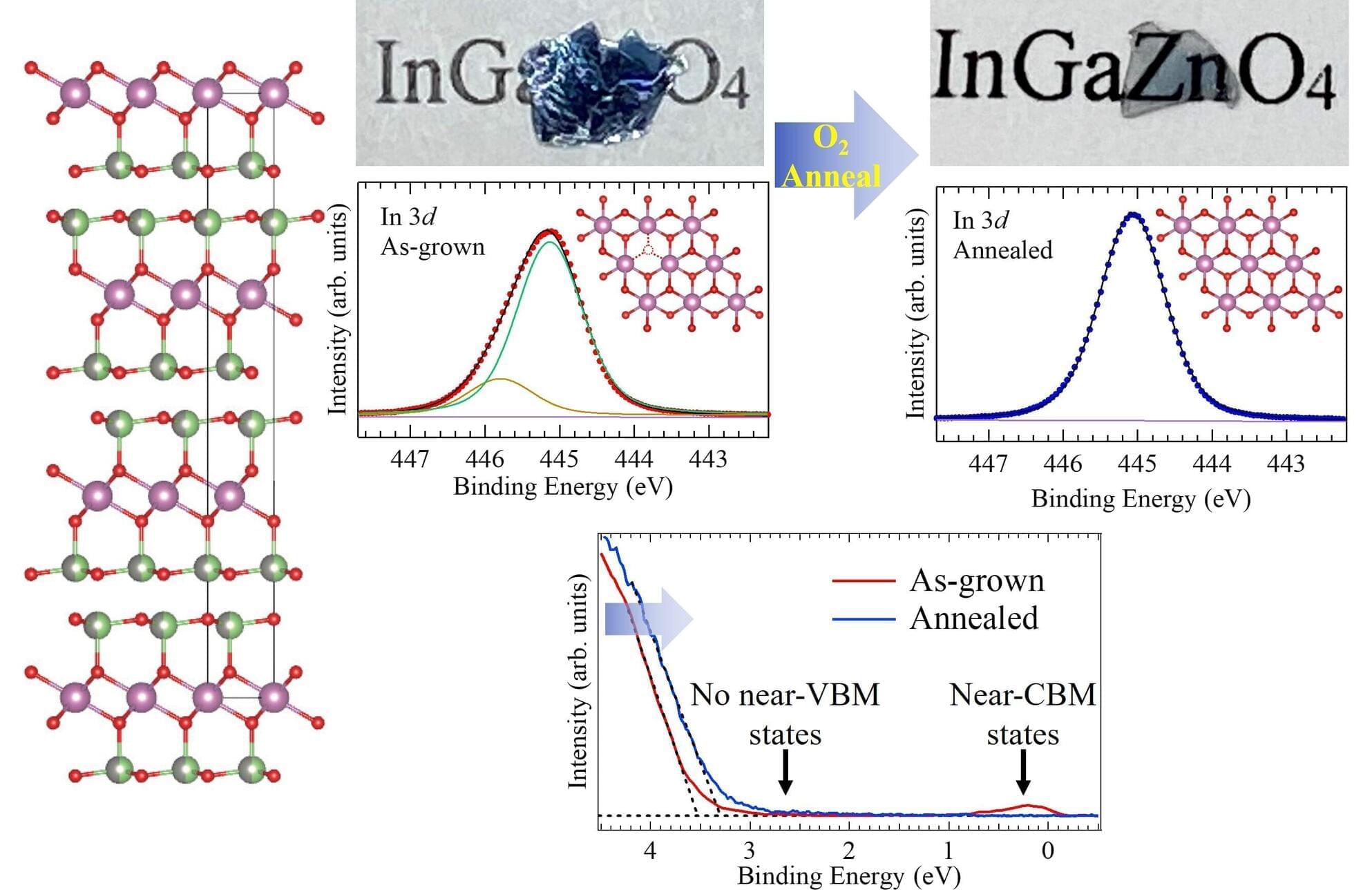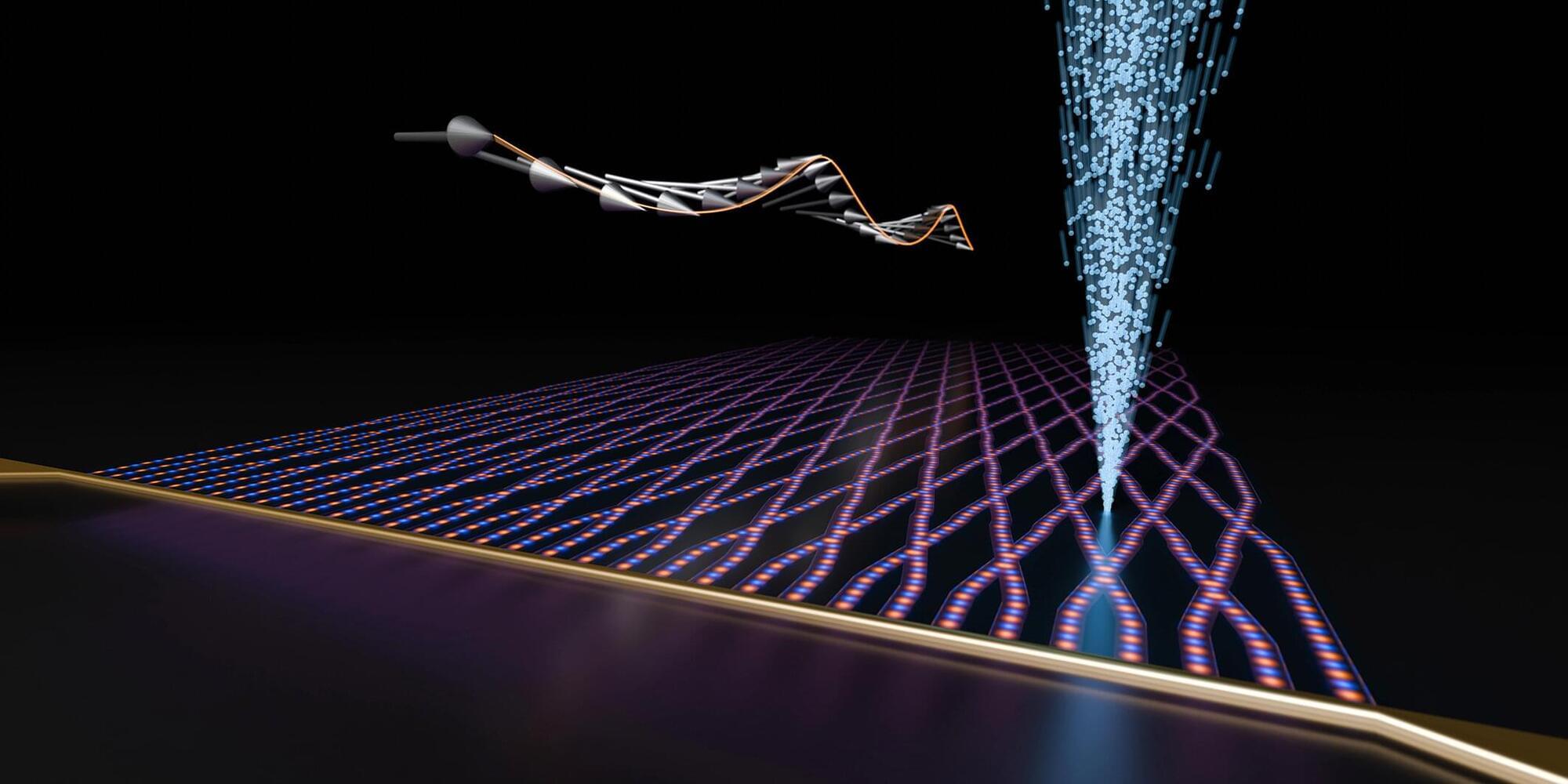With colleagues from his department as well as the Institut national de la recherche scientifique and Indiana University, Brun’s research team used advanced microscopy techniques and fluorescent probes to track bacterial growth.
The results reveal an unexpected diversity in wall elongation patterns, centered on peptidoglycan synthesis—an important target of several classes of antibiotics, including penicillin.
“What was thought to be a relatively uniform process actually appears to be much more variable, even between very closely related species,” said Brun, the study’s senior author. “This variability may represent new points of fragility that could be exploited to develop new antibiotics.”
